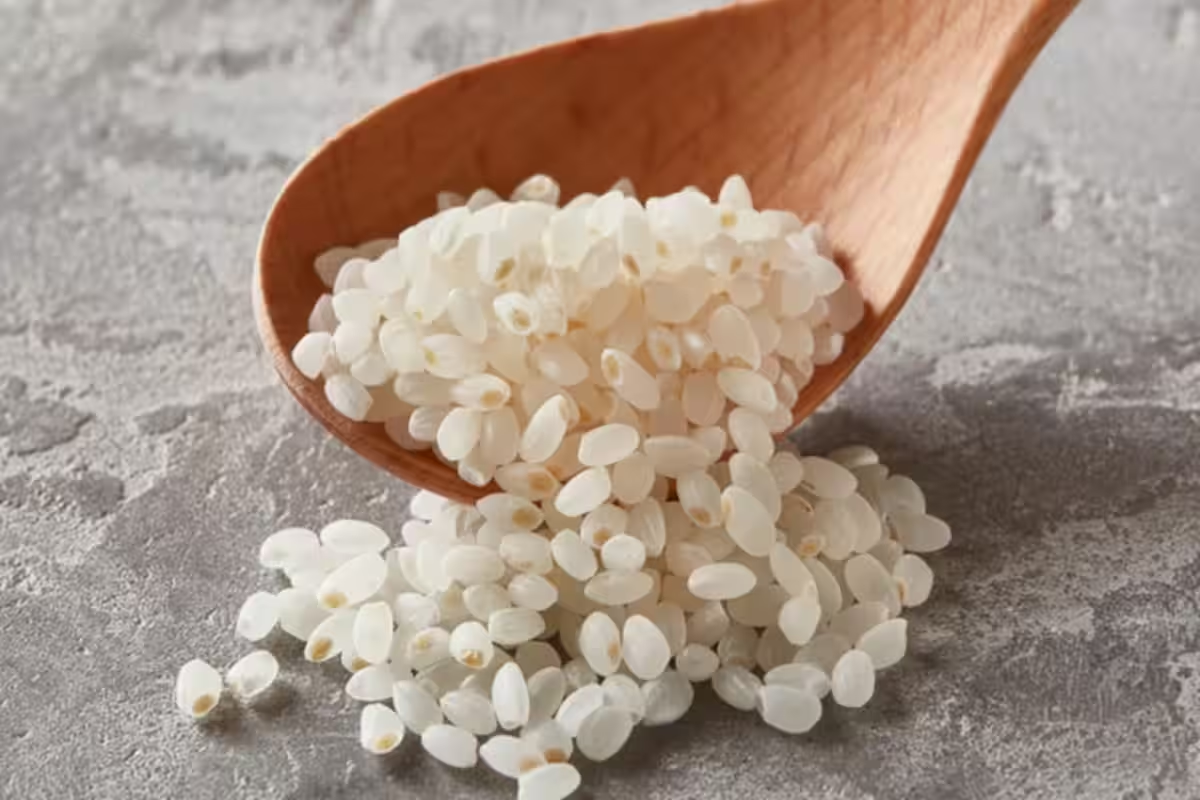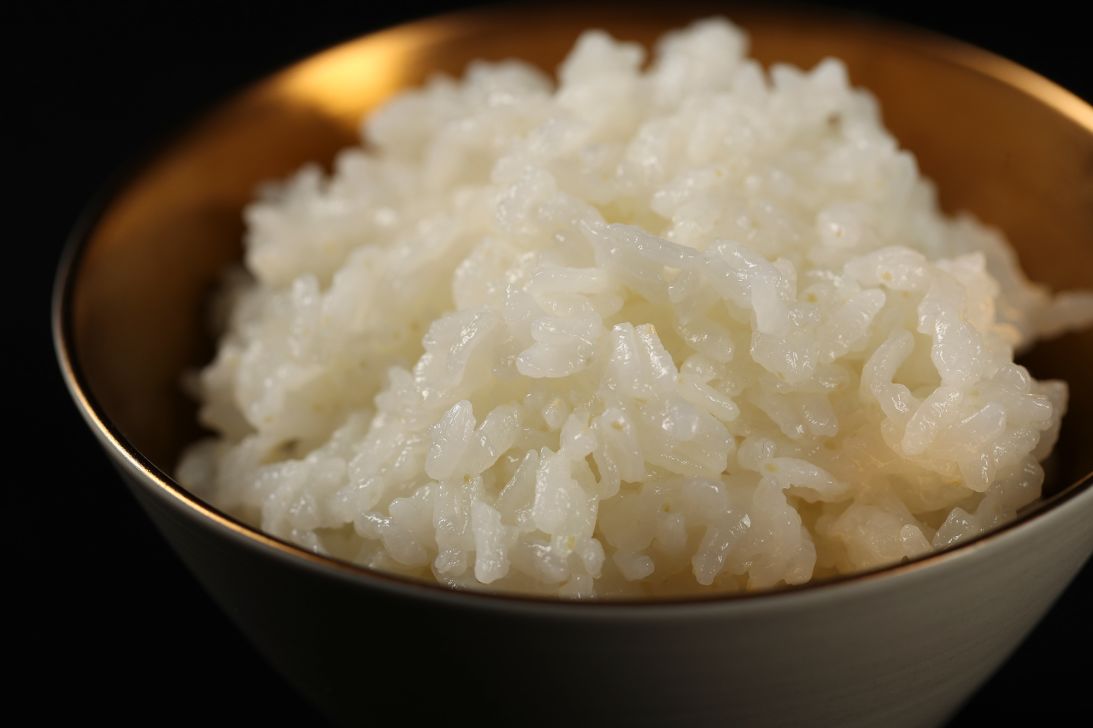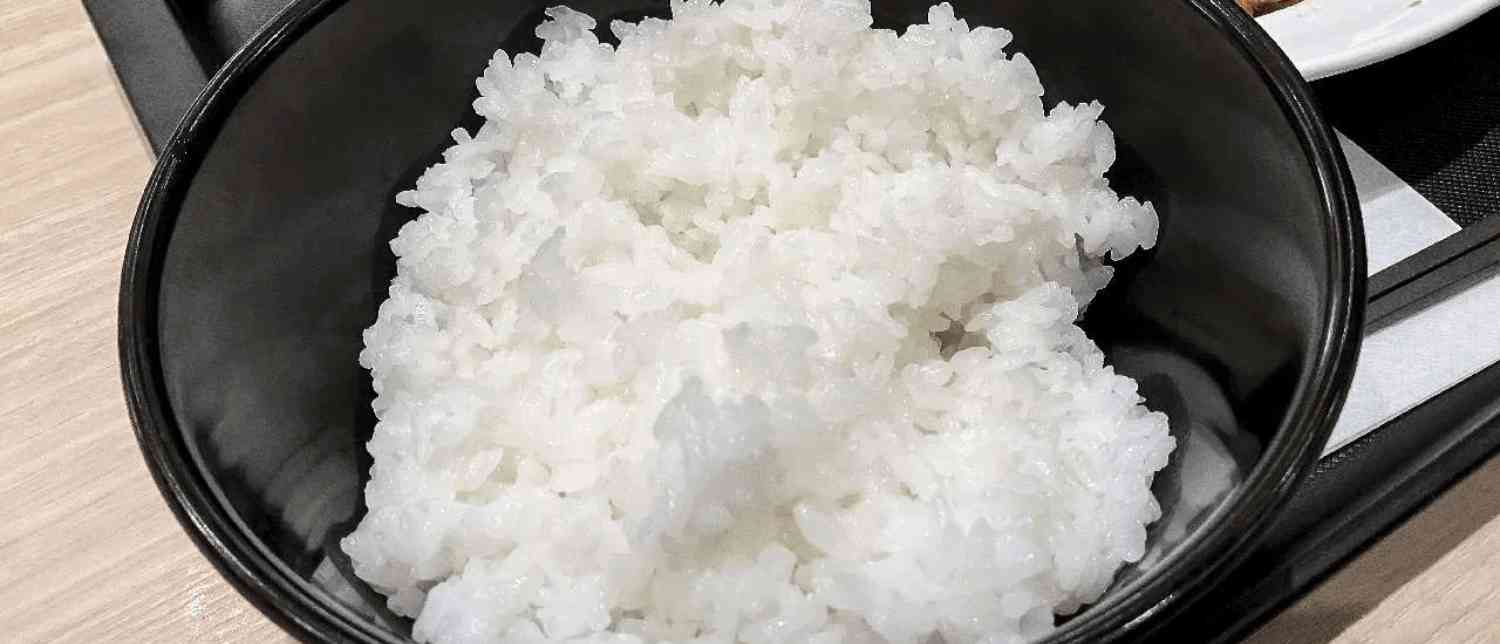Rice — the humble grain that anchors millions of meals every day — has long been regarded as a symbol of nourishment, simplicity, and tradition. Whether it’s steaming beside a spicy curry, folded into sushi, or offered at a temple altar, rice carries deep cultural weight. Yet, not all rice is created equal. Somewhere in Japan, one variety has risen far above its everyday counterparts — not just in flavor or nutrition, but in price. Meet Kinmemai Premium, the world’s most expensive rice — a grain so exquisite that it has been likened to champagne and caviar.

The Record-Breaking Grain
In 2016, Kinmemai Premium etched its name into the Guinness World Records as the world’s most expensive rice, selling for an astonishing $109 per kilogram (around ₹9,000/kg) at the time. Today, its price has soared even higher — retailing for approximately ₹12,500–₹15,000 per kilogram.
Unlike typical rice sold in sacks, Kinmemai comes packaged like a luxury item. A box contains six sachets of 140 grams each, priced at USD $155 (roughly ₹13,000). It’s rice reimagined for the luxury market, where exclusivity, craftsmanship, and story matter just as much as the product itself.
But what makes this grain worthy of such a jaw-dropping price tag?
The Secret Behind Kinmemai’s Distinction
Produced in Japan using advanced rice-buffing technology, Kinmemai Premium is the brainchild of Toyo Rice Corporation, a company headquartered in Wakayama, Japan, and led by its 91-year-old president, Keiji Saika. Established in 1961, Toyo Rice pioneered Musenmai (rinse-free rice) technology in the 1970s — a revolutionary step that not only improved convenience but also conserved vast amounts of water by eliminating the need to rinse rice before cooking.
Building upon decades of innovation, Toyo Rice developed Kinmemai Premium — a grain that retains nutrition, flavor, and texture far superior to regular rice, all while embracing Japan’s meticulous craftsmanship.
What Makes Kinmemai Premium Different
Most white rice undergoes aggressive polishing that strips away the outer layers containing fiber, vitamins, and antioxidants. What remains is mostly starch — smooth, white, and visually appealing, but nutritionally diminished.
Kinmemai’s process flips that script. Using patented Japanese milling technology, the rice preserves the germ and sub-aleurone layer, where the majority of the grain’s nutrients are concentrated. The result? A grain that is not just beautiful but also bountiful in nutrition.
- A Feast for the Senses
Cooked Kinmemai grains are tall, fluffy, and delicately sweet, with a distinct nutty aroma. They are non-sticky, yet perfectly moist, holding their shape without clumping. Each spoonful offers a rich, buttery texture that sets it apart from ordinary rice varieties. It’s a grain that refuses to fade into the background — a rice that insists on being noticed.
- A Blend of Perfection
Kinmemai Premium isn’t sourced from a single field but is a blend of Japan’s best grains, hand-selected and combined much like a master perfumer’s composition. Each variety is chosen for its unique flavor profile, texture, and energy, resulting in a rice that feels crafted rather than harvested.

A Taste of Tradition and Innovation
Japan is home to over 300 varieties of rice, and few are as revered as Koshihikari — celebrated for its perfect balance of sweetness, texture, and aroma. Kinmemai Premium takes inspiration from this iconic grain and elevates it with innovation.
The rice is produced primarily in the Koshihikari region, surrounded by mountains and hills that create an ideal climate for cultivation. The fields are irrigated using natural spring water from Mount Echigo-Komagatake, rich in minerals that lend the grains their distinctive taste and vitality.
The Art of Hand Selection and Aging
Each grain of Kinmemai Premium is hand-selected for what the company calls “vital energy” — its natural vigor and structural perfection. Only the finest grains make the cut. The producers use varieties such as Pikamaru and Koshihikari, purchasing them at nearly eight times their standard market cost.
After selection, the rice undergoes a unique aging process, being flavor-aged for at least six months. This controlled maturation enhances the grain’s aroma, texture, and depth of flavor, much like how fine wines or aged teas develop complexity over time.
Rinse-Free Rice: A Sustainable Luxury
One of Kinmemai’s most appealing features is its rinse-free nature. Traditionally, rice must be washed several times to remove excess starch and impurities before cooking. However, Kinmemai’s advanced milling process removes starch, bran, and the tough wax coating without stripping the grain’s inner nutrients.
This not only saves valuable water resources — an important environmental benefit — but also makes the rice incredibly convenient for modern consumers. Just measure, cook, and enjoy.
Nutritional Powerhouse: Health Meets Indulgence
Beyond luxury, Kinmemai rice also champions health and wellness. Available in both white and brown variants — called Kinmemai Better White and Kinmemai Better Brown — each type offers unique nutritional benefits.
Kinmemai Better White:
-
Contains 1.8 times more fiber and seven times more Vitamin B1 than regular white rice.
-
Has six times more lipopolysaccharides (LPS) — compounds known to naturally boost the immune system and fight infections, flu, cancer, and even dementia.
-
Maintains the digestibility and quick-cooking nature of traditional white rice while offering a rich, buttery flavor and moist, creamy texture.
Kinmemai Better Brown:
-
Retains the nutritional value of brown rice but is fluffier, easier to digest, and faster to cook.
-
The patented buffing process removes the indigestible outer wax layer, reducing bloating and cramping often associated with brown rice.
-
Absorbs more water, resulting in a softer, more palatable grain that retains the chestnut hue and earthy flavor of traditional brown rice.
This makes Kinmemai an ideal choice for those who want the best of both worlds — indulgent taste and nutritional excellence.
Why Is It So Expensive?
The high price of Kinmemai Premium rice comes down to exclusivity, craftsmanship, and meticulous care. Every grain is hand-selected, precisely milled, and aged, using technology and expertise developed over decades.
The cost of raw grains alone is eight times higher than average, and the complex process of aging and buffing further elevates the price. Moreover, its small-scale production, limited global availability, and luxury branding all contribute to its exclusivity.
In short, people don’t buy Kinmemai just to eat rice — they buy it for the experience, the story, and the prestige of tasting “the best rice in the world.”
As Toyo Rice president Keiji Saika told CNN Travel, his goal wasn’t profit. “I felt that Japan needed to better appeal to the international community about how great Japanese rice is,” he said. Even though the business itself isn’t particularly profitable, Kinmemai remains one of his most meaningful innovations — a symbol of Japan’s enduring dedication to quality.
The Cultural Meaning Behind the Grain
In Asia, rice is more than food. It’s ritual, heritage, and identity. From India’s basmati and Kashmir’s rare Mushk Budji, to Manipur’s black Chak Hao, every region has its treasured varieties. Yet, even the most prized among them don’t match Kinmemai’s global record-breaking price.
Its significance lies not only in luxury but also in philosophy — a reminder that even the simplest grain, when treated with respect, innovation, and artistry, can transcend its humble origins.
The Larger Message
At its core, Kinmemai Premium tells a story beyond luxury dining. It’s a celebration of craftsmanship, sustainability, and reverence for food. It redefines what it means to elevate a daily staple — showing that even something as ordinary as rice can carry extraordinary stories when crafted with care.
For most of us, a bowl of basmati, sona masoori, or kolam rice steaming beside curry will always be home. But somewhere in Japan, a grain that sells for the price of silver serves as a beautiful reminder — that food is never just fuel. It is memory, culture, and art, waiting quietly on our plates until we choose to notice.
Quick Facts: Kinmemai Premium Rice
-
Country of Origin: Japan
-
Manufacturer: Toyo Rice Corporation, Wakayama, Japan
-
Launched: 2016
-
Guinness Record: World’s most expensive rice
-
Price: ₹12,500–₹15,000 per kg (approx. USD $109/kg)
-
Packaging: 6 sachets of 140g each per box (USD $155/box)
-
Varieties: Kinmemai Better White and Kinmemai Better Brown
-
Health Benefits: Rich in fiber, Vitamin B1, and LPS; easy to digest; immune-boosting
-
Notable Features: Rinse-free, hand-selected grains, flavor-aged for six months, sustainable water usage
Final Thoughts
In a world where luxury is often defined by extravagance, Kinmemai Premium rice reminds us that true refinement can lie in simplicity — when paired with innovation, respect for nature, and a passion for excellence.
It’s not just rice. It’s heritage reimagined, craft perfected, and a powerful symbol of how even the most ordinary ingredients can achieve extraordinary status when handled with heart and precision.
With inputs from agencies
Image Source: Multiple agencies
© Copyright 2025. All Rights Reserved. Powered by Vygr Media.






















